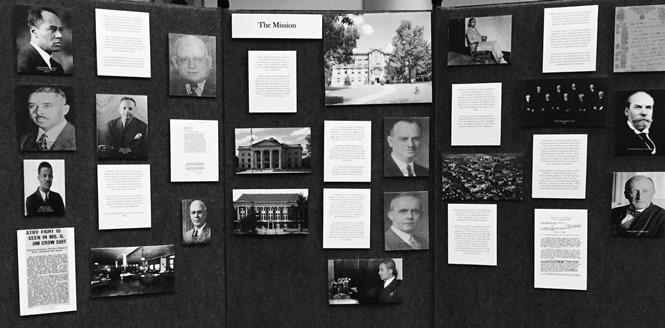
Preview

Description
Gaines’ legal team, led by Houston, had faith in the justice system of the United States and anticipated getting a fair trial at the federal level. So far, all decisions had occurred in Missouri, a state with a segregated system.The fact that Gaines v Canada had reached the Supreme Court was promising indeed. It was rare that any case involving African-Americans would be considered by the highest court in the land. President Franklin D. Roosevelt had been appointing Justices that were more willing to consider cases concerned with civil rights.
On November 9, 1938, the Supreme Court of the United States heard arguments in the Gaines v Canada case. The defense was unmoved by the rude treatment and made their presentation with professionalism and aplomb. Houston’s argument remained steadfast; not only was the state of Missouri’s statute concerning out-of-state tuition for blacks in violation of the 14th Amendment, but the very idea of segregation itself violated the Constitution.
William Hogsett, the attorney for the University of Missouri, countered that the school was merely following state laws. The MU legal team was flustered as questions from the bench forced them to correct overstatements regarding Missouri’s “generosity to Negro students”. With crossed fingers and high hopes, the Gaines legal team rested their case and awaited the verdict.
Meanwhile, Lloyd Gaines was still in Michigan. Lloyd held a W.P.A. job as a Civil Service Clerk and was in constant contact with his family and attorneys. His mood in his correspondence was hopeful and positive.


